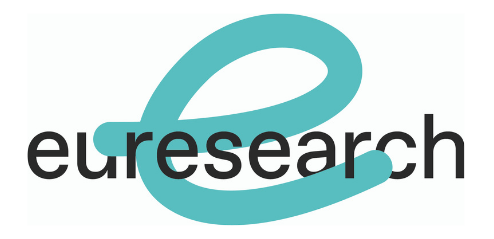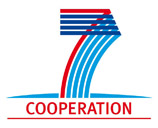Abstract
Recent technological advances allow the targeted production of objects and materials in the nanoscale (smaller than 100 nm). Nanomaterials have chemical, physical and bioactive characteristics, which are different from those of larger entities of the same materials. Nanoparticles can pass through body barriers. This is interesting for medical applications, but it raises concerns about their health and environmental impact.
The objective of the NanoImpactNet is to create a scientific basis to ensure the safe and responsible development of engineered nanoparticles and nanotechnology-based materials and products, and to support the definition of regulatory measures and implementation of legislation in Europe. It includes a strong two-way communication to ensure efficient dissemination of information to stakeholders and the European Commission, while at the same time obtaining input from the stakeholders about their needs and concerns.
The work plan shows six work packages (WPs: Human hazards and exposures, Hazards and fate of nanomaterials in the environment, Impact assessment, Communication, Integration and nomenclature, and Coordination and management). The work plan will be implemented over four years.
Discussions about strategies and methodologies will be initiated through well-prepared workshops covering the WP topics. External researchers and stakeholders will be invited to participate. After these workshops, the researchers will collaborate to produce thorough reports and sets of guidelines reflecting the consensus reached.
All of the leading European research groups with activities in nanosafety, nanorisk assessment, and nanotoxicology are represented in NanoImpactNet. All exposure routes, major disease classes and impact assessment approaches are represented within the network. It will coordinate activities within Europe. It will help implement the EU Actionplan for Nanotechnology and support a responsible and safe development of nanotechnologies in Europe.



